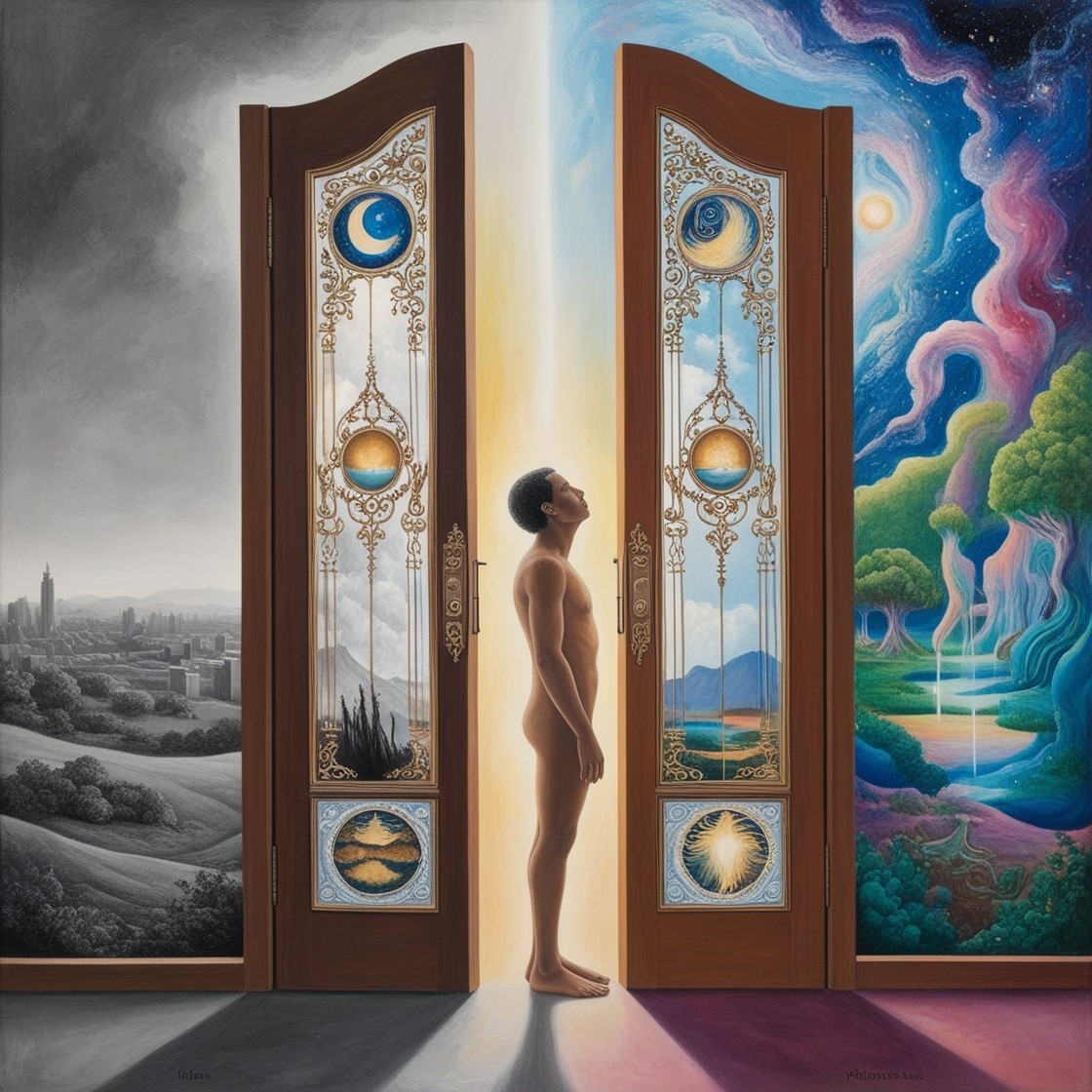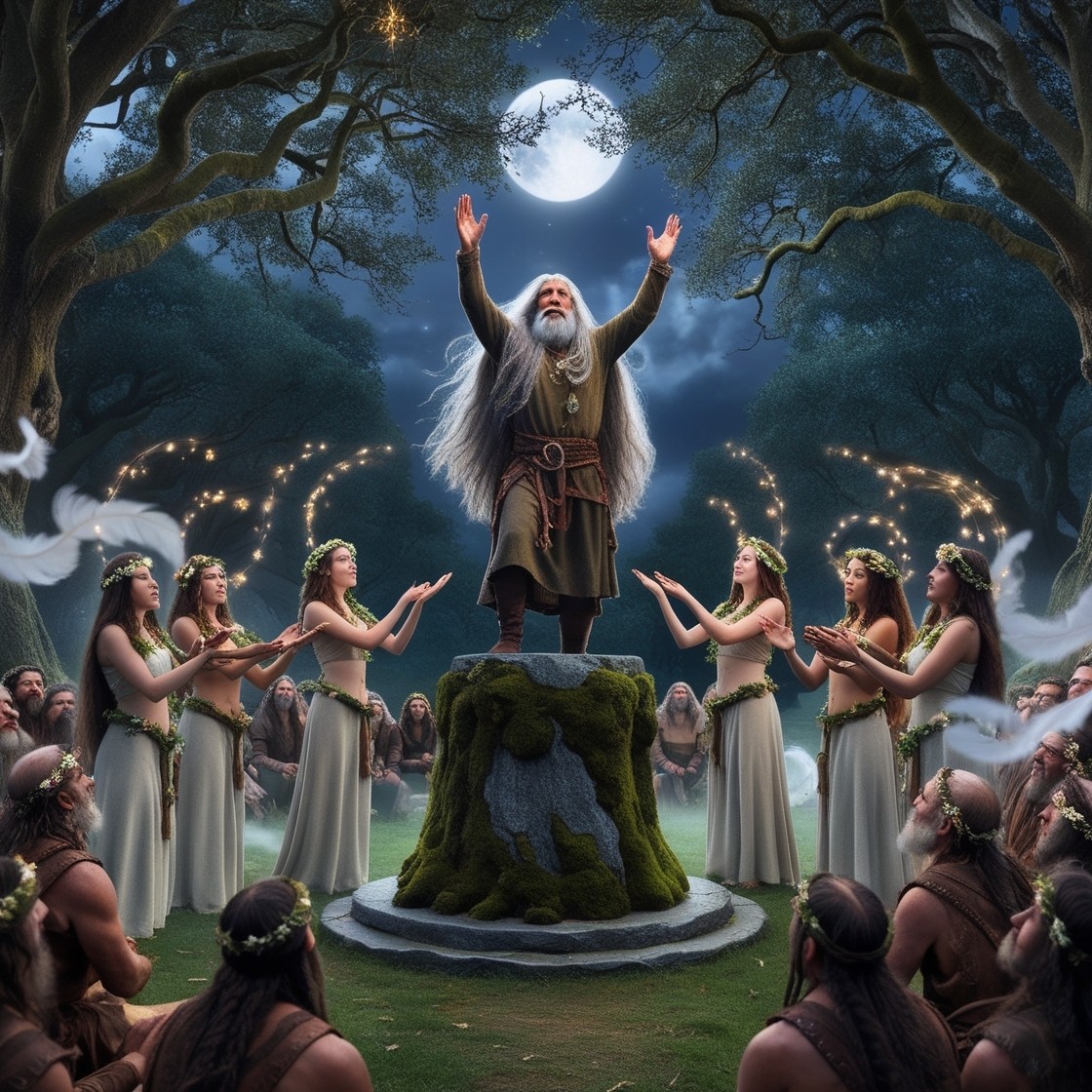
“If the doors of perception were cleansed every thing would appear to man as it is, Infinite. For man has closed himself up, till he sees all things thro' narrow chinks of his cavern.” William Blake, The Marriage of Heaven and Hell
How do you know what is really out there? I mean the out there that is separate from you, the out there you are looking at.
When I was younger, I used to spend ages wondering if people saw what I called a sofa, the same way I did, or were they seeing a different shape altogether. What about colours? Are they the same for everyone too? How about the shape of letters? The list goes on. If it makes you feel less suspicious, the answer is probably yes, they do, due to the way sight and sound in particular are organised in humans.
From the little we do know of the way the brain functions, it seems to be set to receive visual and audio input on a particular set of wavelengths and frequencies, but there is so much more going on; some of which we know such as ultraviolet infrared, very high and low sounds etc. and maybe other things we haven’t discovered yet. This tells you immediately that there is more to “out there” than we are aware of and we are only ever seeing part of the whole.
What the brain seems to do with this information is to form patterns which in turn form shapes for us to perceive, with which we form our personal constructs of the world outside ourselves. In fact, so automatic is pattern recognition we can’t help doing it, even if we try not to. Anyone who’s done pop psychology visual tests can tell you that.
As a result of this knowledge, personal construct theory and therapy emerged in the eighties and was all the rage for a while. When I was at school, my art teacher once asked us to visualise the space between the objects we were drawing. The only way we could do it was to construct shapes out of the spaces. Personal construct theory started off well, but lost its way a bit and is not so popular now. It was developed by George Kelly and if you are interested, his books on personal construct theory are still available.
However, the idea that we construct our own world out of the visual patterns we put together and the sounds that tell us what is where, is believed to be common to all mammals to a greater or lesser degree and has certainly been a known human characteristic since we became sentient beings. Blind people replace sight with touch, and this too can be surprisingly effective.
There was the case of a man, blind from birth who was taught to use a lathe in his teens. Somewhere in his forties, he was able to have an operation to restore his sight. Far from being elated, he found it very confusing and described his sight as a jumbled up mixture of light and shadow. He could only operate the lathe with his eyes closed. It didn’t make sense by sight as he had learned to form patterns with his hands and not his eyes. This demonstrates that pattern formation is something that probably happens in infancy and is part of the brains wiring in process. In this case, the brain formed patterns with touch when sight was unavailable and the chance to form sight-based patterns was lost.
Whilst pattern formation is great for helping us get around safely in the physical world, as we became more sophisticated in our thinking, we started to use it for abstract problems as well. This caused us to start sequencing events and characteristics together into a wider pattern and sometimes that is good, but sometimes it leads us to some very strange places. These sequence chains when expressed linguistically give us a sense of time, amongst other things.
More disturbingly, they are often used to predict what will happen in the future. So, for instance, many superstitions have their origins in sequences which have repeated in the past and are now seen as a legitimate way to predict the future and avoid unpleasantness. But since I have already said that we only perceive a percentage of what’s “out there”, how do we know that our sequences take into account everything they need to? Well, we don’t of course. This where magic and superstition come in, as a way of explaining what we don’t yet understand.
The one I always get caught by is magpies. I’m not sure why, but I go through the day on high alert if I see one magpie and haven’t neutralised it. This can take place in one of two ways, either by saluting it, or saying “good morning Mr Magpie and how’s your lady wife”? The idea being unless you pay your respects to the magpie, something unpleasant will happen. If I see two, I expect a good day. Well, I did, until I heard that there were quite a few different magpie rhymes from mine and then I worried that I was following the wrong sequence!
Magic chanting is another form of rigid sequencing in order to cause something you want, or protect yourself from something that you fear. This sequencing personal experiences to predict the future is something that has really taken off in present day thinking. Unfortunately, what generally happens is that you cut out the parts that don’t fit into your hypothesis which strengthens your belief in your current thoughts. So, for example, when seeing magpies, I cut out the majority of times I have seen one and nothing irritating or upsetting has happened, to only remembering the times it has.
Cue global warming and other fashionable hypotheses that also don’t really bear scrutiny. One of the ways this problem used to be dealt with was the development of the scientific method. I say used too, because unfortunately it has become so corrupted by becoming unchallengeable, it is no longer possible to know what has fidelity and what is rubbish.
Even so, the idea that we form the basis of our world based on the small amount of information we are able to experience from “out there”, still holds true, at least for now. Anything we hypothesise on, must be confirmed or not by its ability to stand up to scrutiny. Once this is lost, science is no different from going to the Delphic oracle and believing everything she says.
But what of what we don’t know? Are there things around us that we can’t see or experience that share the “out there” with us and influence our lives? I don’t know and neither does anyone else. People like certainty and want to believe they can plan a seamless future if they only have enough information to get it right and thus avoid disaster. But, and it’s really important to remember this; that is only a hypothesis too. In fact, everything is, including such staples as gravity and the sun rising. Citing that it has gone on since time immemorial is no answer. The only thing we can say for sure is that it hasn’t let us down yet.
The future really is not ours to see, let alone control. Maybe the ancients had a point when they gave thanks for these things, and were wiser than us.

Xandra H